Changing Food Habits: Are You Eating GMOs, Organic Foods Or …?
CHANGING FOOD HABITS: ARE YOU EATING GMOs, ORGANIC FOODS OR … (ISSUE 79)
By Diane Gold
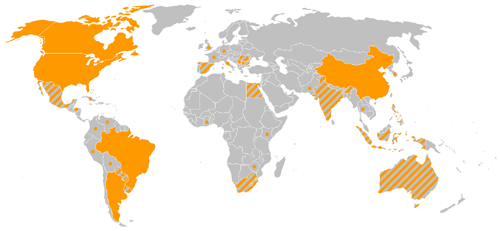 For years, we have been ingesting food that has been modified to yield bigger crop, faster growth, more eye-appealing shape, resist or repel certain insect infestation and more.
For years, we have been ingesting food that has been modified to yield bigger crop, faster growth, more eye-appealing shape, resist or repel certain insect infestation and more.
We have been polluting our air through crop dusting modification, exposing ourselves to the sickness from toxin exposure, used to bio-technically modify seed and now, are faced with super insects made strong through genetically modified chemical resistance and the sicknesses that come from these super bugs. There is talk that humans should not be eating toxins. Not a new revelation.
Biotech companies want to make money. Great. They should have the right. However, the regulations put forth for these companies should not be removed disguised as developing technologies that will feed the world – IF the health risks have not been examined.
Governments are the regulators. Governments are we, the people. Regulating food is an issue that needs an amendment, as I see it. As part of the wonderful Open Government Act that is fabulous in words, I’d like to see transparency in food labeling. Why would a government as large and powerful as the United States not require transparency from which we could all benefit? And the answer is _________.
 Of course, governments are corporations. They deal with other corporations. When one corporation does a business deal with another, a purchase or transaction is made.
Of course, governments are corporations. They deal with other corporations. When one corporation does a business deal with another, a purchase or transaction is made.
Sometimes money is not exchanged, but favors, instead. When a corporation subsidizes government programs, the government may offer lenient regulations, in gratitude. This is where governing gets tricky.
How does a government accept help from big business, (which it needs to subsidize breakfast for children, senior flu shots, food for animals and environmental programs) and still stay neutral? Not easily.
So, what can we do to help?
ACTION STEPS
1) We can become educated about food and genetic modification and change our habit of thinking that food is pure, and we can change our buying habits.
Here are three important points:
a) ingredient labels on packaged food show the major percentage of food substance. Trace ingredients under a certain percentage are not required to be included. That means, if animal bone substance is used to bleach sugar (not common in the US any more), and there is no animal substance detectable in the finished product, it does not go on the label. Our habit of believing in these labels needs to change. It should be noted that packaged goods that have 70% organic substances in them are able to use the word “organic.”
b) there is no ingredient label on produce. Our habit of believing that all produce is the same needs to be looked at. Organic food is not genetically modified. Organic food is produced without using most conventional pesticides; fertilizers made with synthetic ingredients or sewage sludge; bioengineering; or ionizing radiation.That means mineral oil (fossil oil), lipids, proteins, waxes and alkaloids can be used on organics. animals can be used. Yuck. That means oil can be organic since it’s not synthetic.
There are three organic categories:
 1. 100% organics, made with 100% organic ingredients.
1. 100% organics, made with 100% organic ingredients.
2. organic, which means made with 95% organic ingredients.
The USDA Organic seal is used with the first two categories only, 100% organic and 95% organic. There is no apparent differentiation between the two categories unless the manufacturer decided to list 100% organic. Most 95% organic producers would take advantage of the public’s ignorance in thinking a product with this label is 100% organic, rather than listing it as 95% organic.
3. made with organics, made with 70% organic ingredients and no GMOs.
Did you know these distinctions?
On both organic and non-organic produce, there are coatings (wax): organics with wax from bees, wood rosin and carnauba and non-organic from petroleum.
c) bananas, both organic and non-organic, are ripened by spraying ethylene on them. This is one synthetic chemical that is allowed because it acts identical to the chemical that naturally off-gasses in bananas that ripen naturally and are not picked early for shipping. Ethylene “gassing” is used on citrus that may look green, organic and non-. This process is not on any label. Why?
2) We can express to our government reps that we want the FDA label what is and what is not a GMO (a genetically modified organism). Since we are striving for a transparent way of living, we, as consumers, deserve to know what is in a bunch of produce or a package of food or prepared food that is ready to eat.
We don’t have this now. Isn’t this our right?

3) Join a group that knows more about this topic so that you can become more educated and take some of the action steps these groups have set up.
nongmoproject.org/learn-more is a good place to start. There’s also a march on March 25, 2013, targeting the largest supplier of modified seed (around 90%). It is not the only one, but it’s the big one: organicconsumers.org/monsanto
CONCLUSION
The risks of modifying seeds are known to exist. More research is needed to create data on all the side effects, but it is certain that there are correlations between certain sicknesses and genetically modified seeds.
In the same way we have executive, judicial and legislative branches of government, we need some system of checks and balances when it comes to the food industries ability to donate to or benefit the government and the government’s ability to reciprocate by regulating in favor of the industry.
We read headlines all the time that talk about “the government’s” doing this. Aren’t our representatives in government there to listen to what we have to say?
The time is now to be educated and active about the food we eat and the government’s ability to regulate on behalf of the health of its citizens with no eye on how this regulation will affect corporate donation to programs.
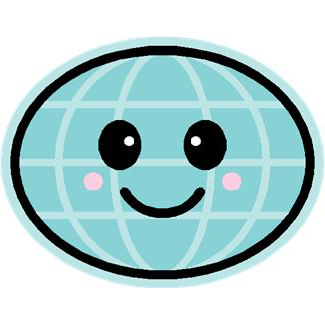 Old habits die hard. Now that our eyes are opening, and many of us are aware of the uncertainties of consuming GMOs, let’s work on changing our habit of consuming without asking. Let’s be diligent so that we can create healthier habits to pass on to our children and to theirs. The more of us who require non-GMO food, the less expensive it will be to certify it as “non-GMO” by label on a package or bushel of produce.
Old habits die hard. Now that our eyes are opening, and many of us are aware of the uncertainties of consuming GMOs, let’s work on changing our habit of consuming without asking. Let’s be diligent so that we can create healthier habits to pass on to our children and to theirs. The more of us who require non-GMO food, the less expensive it will be to certify it as “non-GMO” by label on a package or bushel of produce.
In November, 2013, the citizens of Washington State will vote on a mandatory labeling bill. Approximately, 37 states are working on bills. Some call their bills, “Right To Know.”
We’re all in this together. Let’s take action now.
FEEDBACK
Please leave a comment and LIKE.
DIANE GOLD, AUTHOR
Diane Gold, Founder of Warriors of Weight, Turning Habits Into Health, is a mentor in tai chi, kung fu and meditation, a music, fitness and stress expert, dedicated mom, studying plant-based nutrition.
She has been studying labeling for four several decades . She says,
“The fact that the labeling system has not been modernized at the same rate as our discoveries in human nutrition reflects an imbalanced assessment on the government’s part regarding our internal health. This can also be seen by how slowly integrative medicine is appearing, which includes nutrition, fitness, mind body programs. And these, as of this writing, are only insurance reimbursable if an MD, no other kind of doctor, oversees the program.
“Be tenacious with nutrition. Spread the word about the benefits of organic food, non-GMO food, plant based food, unprocessed food. Take a step to change food habits one step at a time.
“SPECIAL ACTION STEP
“If you want to go for it, make a special commitment that for one meal on the day of your choice, you will refrain from any GMO foods. Do it for 3 weeks in a row, and see how much easier the third time is than the first. Then, if you’ve accomplished three weeks worth, continue the process, whatever that is for you. Your old ways that didn’t include this will be changed. And you will be healthier.”

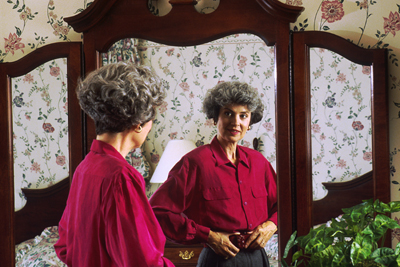 When our children come home cursing, speak hurtfully about others, prefer greed to sharing, tell half truths instead of trusting us, and don’t consider that knowledge is freedom; we had better look in the mirror and do something now.
When our children come home cursing, speak hurtfully about others, prefer greed to sharing, tell half truths instead of trusting us, and don’t consider that knowledge is freedom; we had better look in the mirror and do something now. There is nothing more important than engaging with our children. How secure they feel can be based upon a simple genuine interaction on our part. That moment we listened even though we had other responsibilities could have made the difference between the apathetic student and the person who thrives.
There is nothing more important than engaging with our children. How secure they feel can be based upon a simple genuine interaction on our part. That moment we listened even though we had other responsibilities could have made the difference between the apathetic student and the person who thrives. 6)
6)
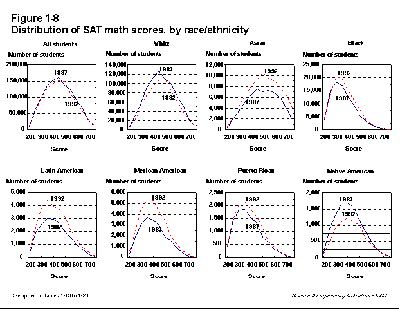 The grade game refers to the habit of using grades to determine success in education. This measurement system is known all over the world. How often does it work?
The grade game refers to the habit of using grades to determine success in education. This measurement system is known all over the world. How often does it work?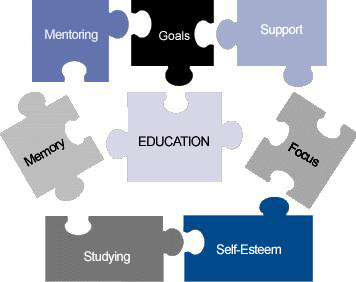 I read an article by Michael Thomsen, “The Case Against Grades,” at Slate.com the other day. In it, he supports the trend moving away from grades in school. He talks about the “negative reinforcement” that comes from this type of system. Having been a specialty teacher for 10 years in the New York City and State School Systems, and a private teacher for another several decades, I have first-hand experience at watching students and serving their differences.
I read an article by Michael Thomsen, “The Case Against Grades,” at Slate.com the other day. In it, he supports the trend moving away from grades in school. He talks about the “negative reinforcement” that comes from this type of system. Having been a specialty teacher for 10 years in the New York City and State School Systems, and a private teacher for another several decades, I have first-hand experience at watching students and serving their differences.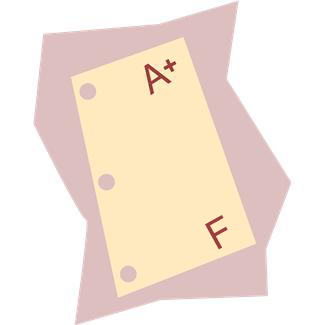 1) Children cut school for fear of failing a test.
1) Children cut school for fear of failing a test.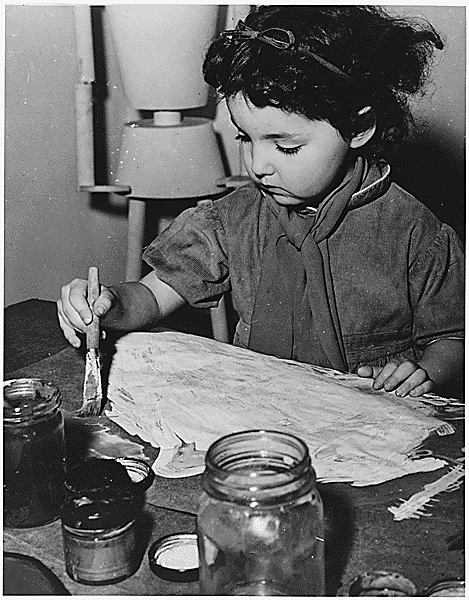
 Placing children in a molded system that does not embellish their interests and their strengths represses their creativity, curbs their intelligence, crushes their self-worth and perpetuates a system that needs change. Having a system that is evolutionary in nature and is not framed around “the grading game” seems fresh, logical, sensible and
Placing children in a molded system that does not embellish their interests and their strengths represses their creativity, curbs their intelligence, crushes their self-worth and perpetuates a system that needs change. Having a system that is evolutionary in nature and is not framed around “the grading game” seems fresh, logical, sensible and
 In 2013, these words of distinction are similar to the word, “natural” in the early 1980s. The word “natural,” according to the FTC (Federal Trade Commission) is a generic word that misleads and misrepresents. It can refer to anything that is minimally processed and not manufactured. It can be animal, plant and made from a substance that is naturally occurring in the earth such as petroleum. So its original intent is worthless. The words guru, master and mentor seem to be going in the same nebulous or altered direction.
In 2013, these words of distinction are similar to the word, “natural” in the early 1980s. The word “natural,” according to the FTC (Federal Trade Commission) is a generic word that misleads and misrepresents. It can refer to anything that is minimally processed and not manufactured. It can be animal, plant and made from a substance that is naturally occurring in the earth such as petroleum. So its original intent is worthless. The words guru, master and mentor seem to be going in the same nebulous or altered direction.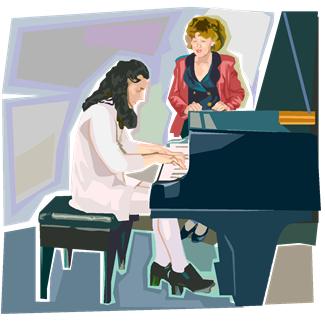 It must have been in the 1980s when I was charging $40 to give a one-hour piano lesson. I had been paying $80 for the best teachers on the planet, Norman Gold and Sanford Gold (no direct ancestral relation to me or each other). And THE ever-popular, all-in-one New York music store offered the same duration piano lessons for $12 a pop.
It must have been in the 1980s when I was charging $40 to give a one-hour piano lesson. I had been paying $80 for the best teachers on the planet, Norman Gold and Sanford Gold (no direct ancestral relation to me or each other). And THE ever-popular, all-in-one New York music store offered the same duration piano lessons for $12 a pop.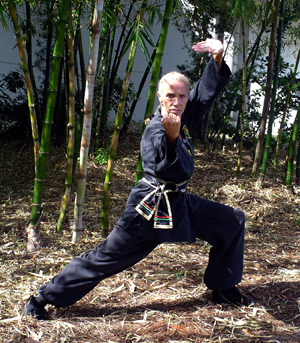 Next, from 1995 to the present, I’ve been in the martial arts business. And the same thing has happened. Throughout my martial arts career, I have seen people who trained for a year or two or people who trained for three months and won one tournament, open a school and hang a sign that said “Master Smith’s Martial Arts.” I have also experienced teachers along the way who were called “master” but did not possess the honesty, integrity, knowledge, skills or humanity to hold the title.
Next, from 1995 to the present, I’ve been in the martial arts business. And the same thing has happened. Throughout my martial arts career, I have seen people who trained for a year or two or people who trained for three months and won one tournament, open a school and hang a sign that said “Master Smith’s Martial Arts.” I have also experienced teachers along the way who were called “master” but did not possess the honesty, integrity, knowledge, skills or humanity to hold the title.
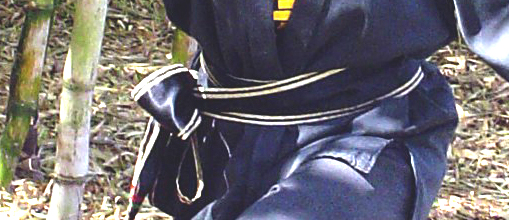 It is not common knowledge that the black belt in martial arts is a symbol of a dedicated student who, if very conscientious, has learned no more than 10% of her subject. All over the world, though, because we can acquire testing fees and sell uniforms to go with new belts, this very fact is rarely emphasized or understood.
It is not common knowledge that the black belt in martial arts is a symbol of a dedicated student who, if very conscientious, has learned no more than 10% of her subject. All over the world, though, because we can acquire testing fees and sell uniforms to go with new belts, this very fact is rarely emphasized or understood.

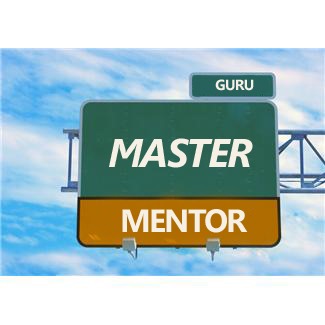
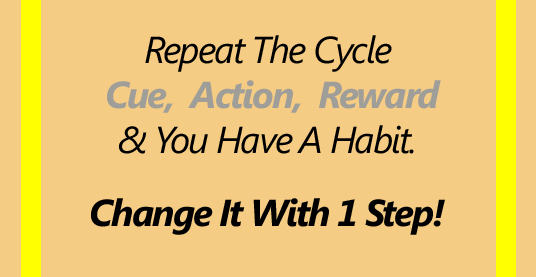 A habit is defined as something whose cue causes a behavior that brings a reward, similar to an endorphin rush from the absence of pain, the joy of sex, walking around the lake or the thrill of completing a tai chi session. Yes, it’s nice to go and do a physical fitness routine. And it’s great that we intellectually “know” that it’s good for us. But, it’s superb if we turn our exercise into a habit.
A habit is defined as something whose cue causes a behavior that brings a reward, similar to an endorphin rush from the absence of pain, the joy of sex, walking around the lake or the thrill of completing a tai chi session. Yes, it’s nice to go and do a physical fitness routine. And it’s great that we intellectually “know” that it’s good for us. But, it’s superb if we turn our exercise into a habit.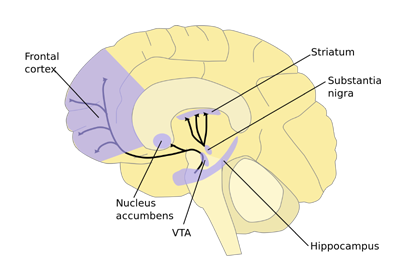 According to much research, the centers in the ventral tegmental area (VTA), the middle brain near the hippocampus, produce the dopamine that is connected with reward signals.
According to much research, the centers in the ventral tegmental area (VTA), the middle brain near the hippocampus, produce the dopamine that is connected with reward signals.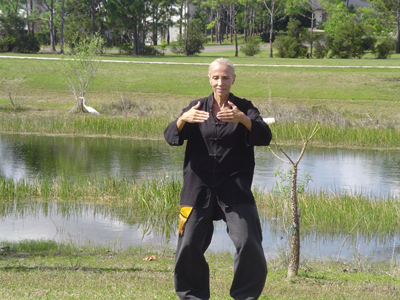 Here’s the answer. We usually assume a simple position for meditation whether it be seated or standing. This physical posture consumes calories/energy/chi in order to maintain the position, even though we are not moving on the outside.
Here’s the answer. We usually assume a simple position for meditation whether it be seated or standing. This physical posture consumes calories/energy/chi in order to maintain the position, even though we are not moving on the outside.
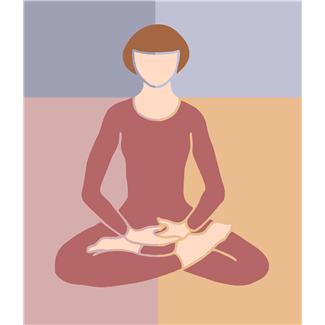
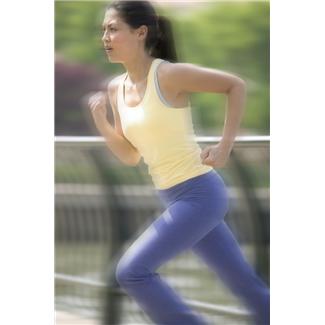 In the fast-paced world, it is rare that people hunker down and train in one area for any length of time. We usually engage in pinball education, meaning we don’t focus on one type of exercise before we jump to the next one. This type of learning reduces the chance that the exerciser will turn the training into a habit. It just stays as entertainment or the quick fix.
In the fast-paced world, it is rare that people hunker down and train in one area for any length of time. We usually engage in pinball education, meaning we don’t focus on one type of exercise before we jump to the next one. This type of learning reduces the chance that the exerciser will turn the training into a habit. It just stays as entertainment or the quick fix.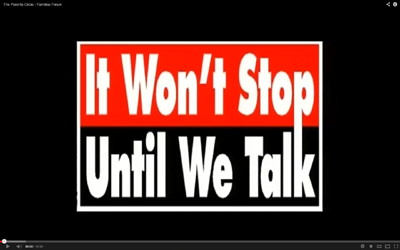
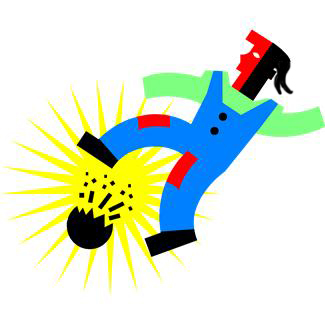
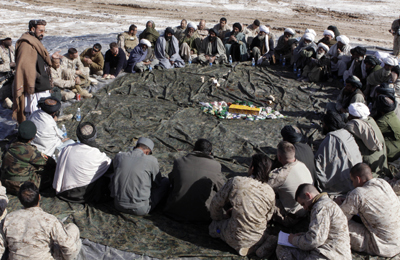 1) Bereaved people from opposing sides of a conflict share their story, 1 at a time, with the whole group. (Image depicts a generic group.)
1) Bereaved people from opposing sides of a conflict share their story, 1 at a time, with the whole group. (Image depicts a generic group.)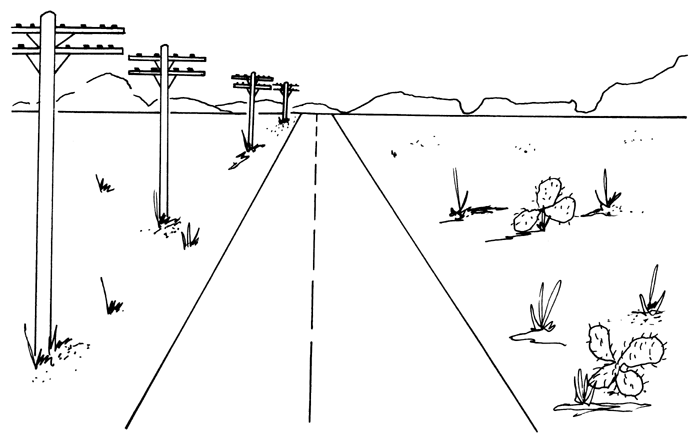 CATHARSIS
CATHARSIS

 Now, I don’t believe that blame is something helpful, but I do believe that, because women have accepted the position of inferiority, they have perpetuated a myth that carries on to this day. I also believe that, if women who are oppressed fight for their own equality (I am not speaking of the gentle oppressions where women make less money, have more domestic responsibilities, get worse jobs, but of stark, horrific oppression such as domestic slavery, sex slavery, trafficking, second class citizenship that exist in many nations), the fight would cause as many female deaths as in any civil war to date.
Now, I don’t believe that blame is something helpful, but I do believe that, because women have accepted the position of inferiority, they have perpetuated a myth that carries on to this day. I also believe that, if women who are oppressed fight for their own equality (I am not speaking of the gentle oppressions where women make less money, have more domestic responsibilities, get worse jobs, but of stark, horrific oppression such as domestic slavery, sex slavery, trafficking, second class citizenship that exist in many nations), the fight would cause as many female deaths as in any civil war to date. There are women who are born into prostitution. In certain sections of the world, 3 generations of women can be found to be prostitutes. In the red light district of Kolkata (formerly spelled Calcutta), a prevalent family business is this: the mother is a prostitute as is her mother. The father waits for the female children of his wife to become 10 years old (or worse, 7 years old) so that he can turn them out into prostitution so that the family can eat and live.
There are women who are born into prostitution. In certain sections of the world, 3 generations of women can be found to be prostitutes. In the red light district of Kolkata (formerly spelled Calcutta), a prevalent family business is this: the mother is a prostitute as is her mother. The father waits for the female children of his wife to become 10 years old (or worse, 7 years old) so that he can turn them out into prostitution so that the family can eat and live.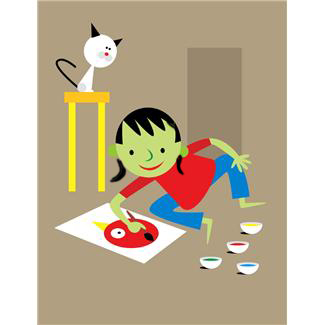 Accepting the thinking that it’s OK to putting children into prostitution for money is a bad habit. It is also a way of thinking and acting that has been accepted in current and past society as normal.
Accepting the thinking that it’s OK to putting children into prostitution for money is a bad habit. It is also a way of thinking and acting that has been accepted in current and past society as normal.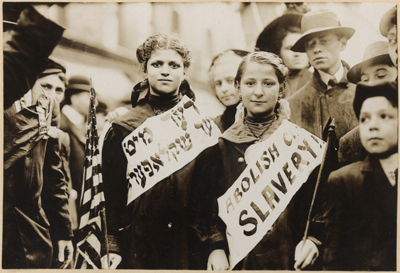 In certain cultures, women are forced into being one of many wives, forced into being consorts, forced into the life of a sex slave, a baby machine or a maid. This is partly the fault of women who accept this. But their alternative would be death, ostracism or, at least, fear of death and disfigurement.
In certain cultures, women are forced into being one of many wives, forced into being consorts, forced into the life of a sex slave, a baby machine or a maid. This is partly the fault of women who accept this. But their alternative would be death, ostracism or, at least, fear of death and disfigurement.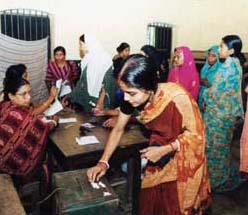 It is time we worked on changing the concept and reality of women as slaves. It is time we all became better human beings. It’s crucial to engage in conversations. It is also important to consistently talk about abuse of women in literature and in every country in the world.
It is time we worked on changing the concept and reality of women as slaves. It is time we all became better human beings. It’s crucial to engage in conversations. It is also important to consistently talk about abuse of women in literature and in every country in the world.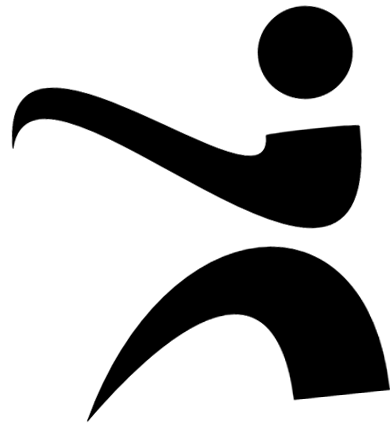 But tai chi has other functions. There is scientific evidence that tai chi also improves flexibility, focus, respiration, muscle response, memory, mental attitude.
But tai chi has other functions. There is scientific evidence that tai chi also improves flexibility, focus, respiration, muscle response, memory, mental attitude.
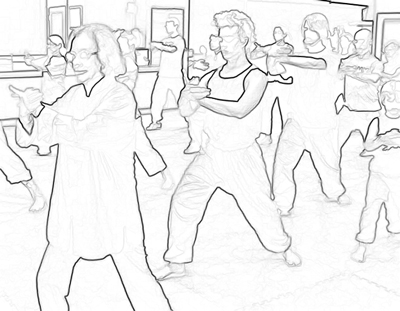 In order to learn tai chi, we have to concentrate on the actual movement we are doing. We do the same movement over and over again until it becomes familiar to us. Sounds a little like a habit, right? It is different from jumping rope, doing a dance routine, going to the gym because every time we do it, it is different. Tai chi movement involves every single part of the body. And we are different of mind and body every day. That is why it is different. As with any martial art, the movement is a tool for training and changing the mind. However, the physical way we execute the motion is related to our mood at the moment, what we choose to express, how relaxed our body is and whether we are working on warding off a potential attacker. These factors affect the movement and make it unique in the world of movement arts.
In order to learn tai chi, we have to concentrate on the actual movement we are doing. We do the same movement over and over again until it becomes familiar to us. Sounds a little like a habit, right? It is different from jumping rope, doing a dance routine, going to the gym because every time we do it, it is different. Tai chi movement involves every single part of the body. And we are different of mind and body every day. That is why it is different. As with any martial art, the movement is a tool for training and changing the mind. However, the physical way we execute the motion is related to our mood at the moment, what we choose to express, how relaxed our body is and whether we are working on warding off a potential attacker. These factors affect the movement and make it unique in the world of movement arts.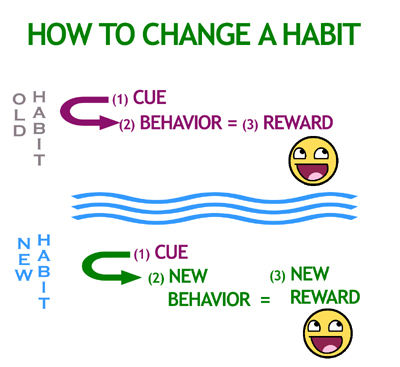 The fact that tai chi involves mind, body and the way we live our lives, but all we have to do is watch our moving hand or foot to grasp our own attention is the very reason it can help change a habit. When we get the CUE, that urge, craving, onset of desire to behave habitually, we can
The fact that tai chi involves mind, body and the way we live our lives, but all we have to do is watch our moving hand or foot to grasp our own attention is the very reason it can help change a habit. When we get the CUE, that urge, craving, onset of desire to behave habitually, we can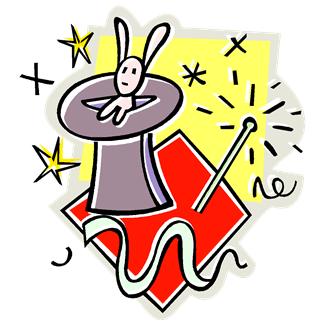 At the beginning, meaning for 3 to 4 weeks, if possible; it’s a good idea not to look at the new reward or evaluate it or compare it to the old reward. We have to remember it took lots of repetition to learn the old behavior, so give the new behavior some time to become beneficial to our lives before deciding to judge it. Otherwise the mind will play the old trick that the new behavior doesn’t work for us (which is. most of the time, a self-con so that we can go back to our old behavior).
At the beginning, meaning for 3 to 4 weeks, if possible; it’s a good idea not to look at the new reward or evaluate it or compare it to the old reward. We have to remember it took lots of repetition to learn the old behavior, so give the new behavior some time to become beneficial to our lives before deciding to judge it. Otherwise the mind will play the old trick that the new behavior doesn’t work for us (which is. most of the time, a self-con so that we can go back to our old behavior).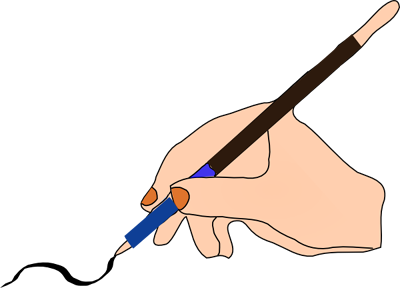 1) WRITE IT DOWN!
1) WRITE IT DOWN!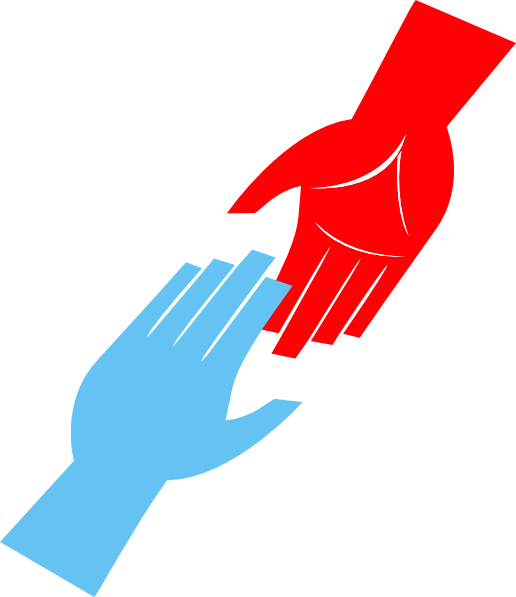 5) CALL SOMEONE
5) CALL SOMEONE Because of this training, we have the ability to consider taking the longer path if it is more strategic to get where we are going because we know patience, the first lesson in any martial art. We learn to take time out to consider, meditate, evaluate, even if, in physical combat, it is only a split second.
Because of this training, we have the ability to consider taking the longer path if it is more strategic to get where we are going because we know patience, the first lesson in any martial art. We learn to take time out to consider, meditate, evaluate, even if, in physical combat, it is only a split second. To the kung fu artist or other martial artist, there is no sense in acting with impatience, hostility, irrationality unless the behaviors of the other affect us. If our self-esteem is intact and does not depend upon how others see us or treat us, we have no need to pump ourselves up like peacocks on display being macho to find a mate or bearded dragon lizards who puff their necks to make themselves bigger when they sense a threat.
To the kung fu artist or other martial artist, there is no sense in acting with impatience, hostility, irrationality unless the behaviors of the other affect us. If our self-esteem is intact and does not depend upon how others see us or treat us, we have no need to pump ourselves up like peacocks on display being macho to find a mate or bearded dragon lizards who puff their necks to make themselves bigger when they sense a threat.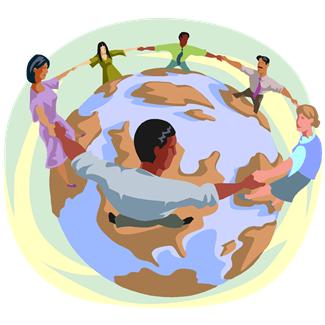 When we are older, acting the way of the child does not utilize our reason and the wisdom from our experience we have taken so long to gain.
When we are older, acting the way of the child does not utilize our reason and the wisdom from our experience we have taken so long to gain.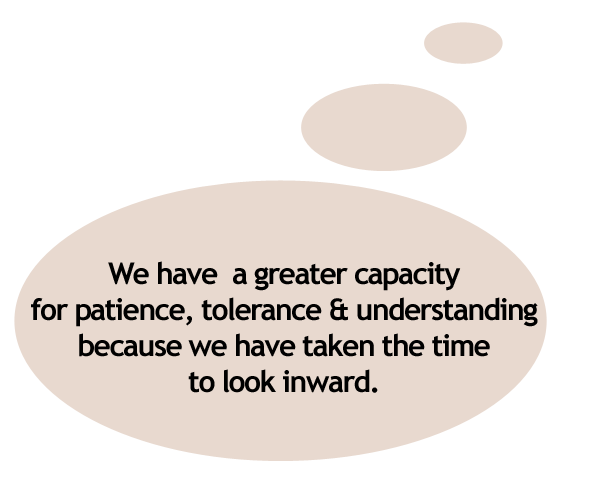 CONCLUSION
CONCLUSION






